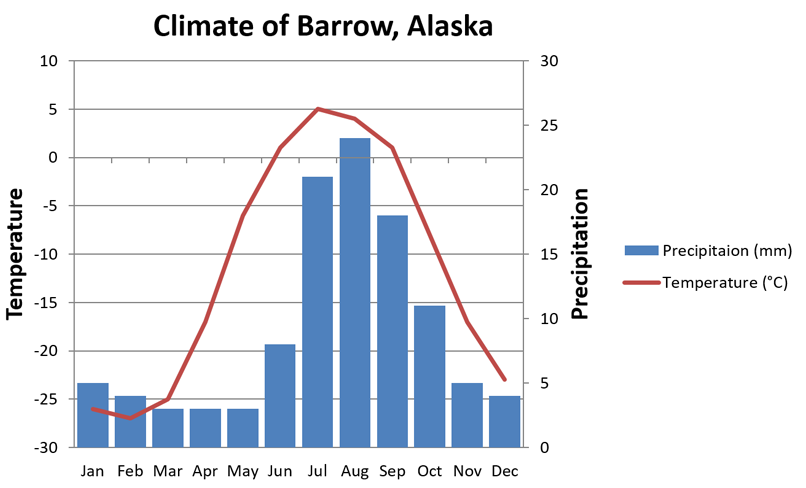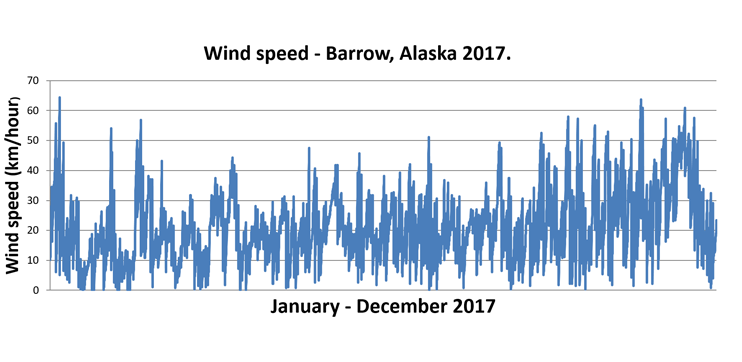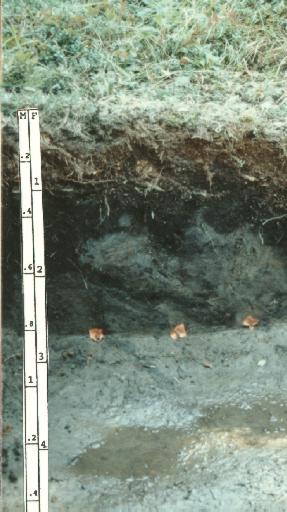Only 48 species of terrestrial mammals are found in the Arctic tundra but the number of individuals present from some species may be large. Hares, mice, rabbits, lemmings are examples of these mammals. There are also caribou and musk ox. Predators include wolves, Arctic foxes, and polar bears.
In Summer there are many insects and mosquitoes. The mosquitoes have chemicals in their blood that prevent it from freezing.
Many migrant birds, e.g. ducks, fly to the tundra in Summer. Others e.g. grouse and owls remain permanently in the tundra region.
Adaptations
- Thick fur to keep warm.
- Hibernation, e.g. brown bears.
- White fur, e.g. polar bears, snow hares, Arctic foxes.
- White feathers, e.g. grouse and snow owls. The grouse have thick feathers on their feet.
- Rapid breeding cycle. Large litters, e.g. lemmings.
- Migration.
- Digging under the snow to keep warm and reach food.
- Deer have sharp horns and hooves to cut through snow and ice.
Deer. Strong short legs. Coats of thick fur. Sharp horns and hooves to break through the snow and ice. Wide hooves. Good swimmers. They can reduce their metabolic rate if circumstances are difficult. Migrate of up to 750 kilometres a year in search of grazing. Graze a large variety of tundra plants. Their calves grow very quickly.
Arctic fox. Stores food, e.g. eggs for Winter. Sometimes they follow larger predators, e.g. bears, and steal their scraps. Hairy tails which they use cover themselves when it is cold. A coat of long fur - dark in Summer, white in Winter. Omnivores – eat eggs, fish, insects, mammals and birds as well as berries, seaweed.






